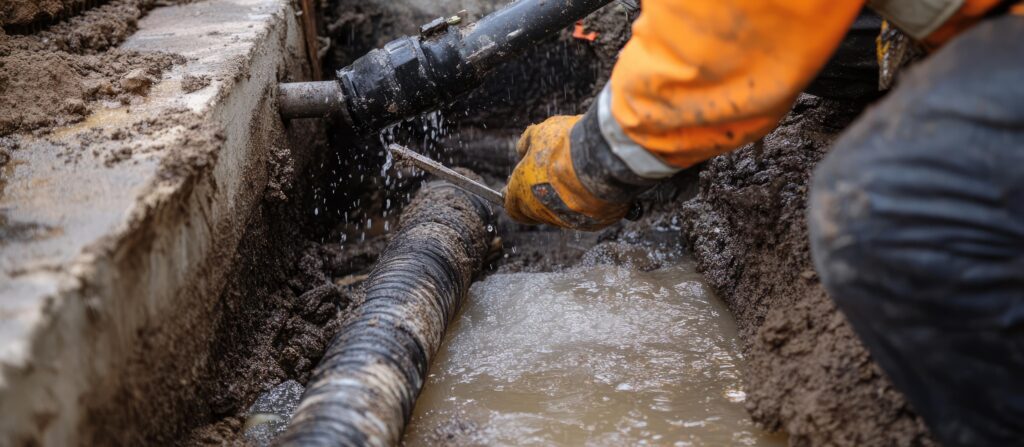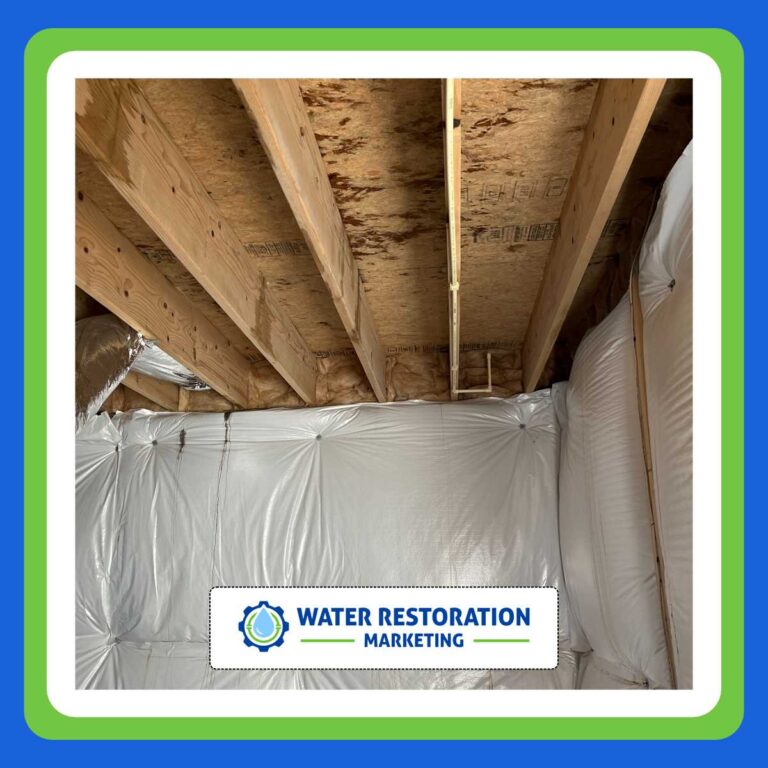
Top Google Ads Strategies for Restoration Services
Is it true that effective Google Ads can considerably boost your restoration service’s visibility? Many business owners underestimate the power of strategic online advertising in reaching potential clients. By understanding your target audience and utilizing tailored ad copy, you can create campaigns that resonate. But what specific strategies will set you apart in this competitive market? Let’s explore the essential tactics that can transform your approach and drive measurable results.
Key Takeaways
- Segment your audience by demographics and tailor ads to homeowners and commercial property managers for better engagement.
- Utilize local keywords and highlight unique services to enhance targeting and differentiate from competitors.
- Implement thorough keyword strategies, including negative keywords to filter irrelevant traffic and align with user intent.
- Set up tracking codes to monitor user interactions and conversions, ensuring accurate data collection for campaign analysis.
- Regularly analyze campaign performance and conduct A/B testing to optimize ad copy and landing pages based on audience response.
Understanding Your Target Audience
How well do you really know your target audience? Understanding your customer demographics is essential for effective Google Ads strategies.
When you explore audience segmentation, you can identify specific groups within your market, tailoring your campaigns to speak directly to their needs and concerns.
For restoration services, this means pinpointing factors such as age, location, income level, and even past experiences with restoration issues. By analyzing these characteristics, you can create targeted ads that resonate with each segment.
For example, homeowners facing water damage might respond differently from commercial property managers dealing with fire damage.
By refining your audience segmentation, you can craft messages that attract attention and encourage action. The more you know about your audience, the more effectively you can allocate your resources and maximize your return on investment.
Don’t underestimate the power of targeted advertising; it can be the key to your success.
Crafting Compelling Ad Copy
To capture attention in your Google Ads, you need to highlight what makes your restoration services unique.
A strong call-to-action can drive potential clients to take immediate action, while incorporating local keywords ensures your ads reach the right audience.
Highlight Unique Services
Crafting compelling ad copy for restoration services requires a strategic focus on what sets your business apart. To effectively highlight your unique services, consider these strategies:
Highlighting Specialties: Emphasize niche areas, like mold remediation or fire damage restoration, to attract specific clientele.
Showcasing Testimonials: Use client reviews to build trust and credibility; real experiences resonate with potential customers.
Communicating Certifications: Mention industry certifications to demonstrate expertise and reliability.
Offering Unique Guarantees: Provide guarantees or warranties that differentiate your services from competitors, instilling confidence in your audience.
Use Strong Call-to-Action
Highlighting your unique services is just the beginning; a strong call-to-action (CTA) is what’ll drive potential customers to take the next step.
Your ad copy should employ strategic call-to-action placement to guide them effectively. Use persuasive language that resonates with their needs and urgency. Phrases like “Get Help Now” or “Schedule Your Free Assessment Today” create an immediate sense of action.
Additionally, tailor your CTAs to reflect the specific services you offer, ensuring they align with potential customers’ pain points. Testing different variations will help you discover which resonates best with your audience.
Ultimately, a compelling CTA can greatly increase your conversion rates by motivating users to click and engage with your restoration services.
Incorporate Local Keywords
Incorporating local keywords into your Google Ads isn’t just a smart strategy; it’s essential for connecting with your target audience effectively.
By focusing on local SEO, you increase your chances of appearing in relevant searches. Here are four key steps to enhance your ad copy using local keywords:
Conduct keyword research: Identify the phrases your potential customers are using in your area.
Use location-specific terms: Include city names or neighborhoods to target your audience better.
Highlight local services: Specify what restoration services you offer in your locality.
Monitor performance: Regularly analyze which keywords drive the most traffic and conversions.
Utilizing Geotargeting for Local Reach
To maximize your Google Ads effectiveness, defining your service area is essential.
By optimizing ad locations and adjusting bidding strategies based on local demand, you can ensure your restoration services reach the right audience at the right time.
This targeted approach enhances visibility and boosts your chances of converting leads into customers.
Define Service Area
Defining your service area is essential for maximizing the effectiveness of your Google Ads campaigns. By focusing on precise service area mapping, you can ensure your ads reach the right audience.
Here are four strategic steps to enhance your local market analysis:
Identify Key Locations: Focus on areas where you’ve had previous success.
Analyze Competitors: Understand where your competitors are targeting and identify gaps.
Adjust Radius Settings: Use geotargeting to refine your reach based on service demand.
Monitor Performance: Regularly review metrics to adapt your strategy based on what works.
Optimize Ad Location
While many businesses cast a wide net with their advertising, optimizing ad location through geotargeting can considerably enhance your campaign’s effectiveness. By focusing on location targeting, you ensure that your ads reach potential customers in your service area, increasing the likelihood of conversions.
An effective ad placement strategy means you’re not wasting resources on audiences outside your reach.
Utilizing tools like Google Ads’ geotargeting allows you to tailor ads based on specific regions, demographics, and even local events, making your outreach more relevant. This localized approach boosts your visibility and builds trust within your community.
Adjust Bidding Strategies
Building on the importance of geotargeting, adjusting your bidding strategies can further amplify your local reach. By implementing precise bid adjustments and leveraging automated bidding, you can optimize your campaigns effectively.
Here are some key strategies:
Local Performance Metrics: Analyze which areas yield the best results and adjust bids accordingly.
Time-of-Day Adjustments: Increase bids during peak hours in your target regions.
Device Targeting: Optimize bids for mobile users, who often seek immediate restoration services.
Competitor Analysis: Monitor competitor bids in your local area to stay competitive.
Utilizing these strategies enables you to maximize your budget and ensure that your restoration services reach those who need them most, resulting in higher conversion rates.
Implementing Effective Keyword Strategies
To maximize your Google Ads effectiveness for restoration services, implementing a well-researched keyword strategy is essential. Start with thorough keyword research to identify terms that potential customers are actively searching for. Focus on specific phrases like “water damage restoration” or “fire cleanup services” to target your audience more effectively.
But don’t stop there—incorporate negative keywords to filter out irrelevant traffic. For instance, if you offer premium services, adding “cheap” as a negative keyword can help you avoid clicks from users looking for budget options. This strategy helps improve your click-through rate and conversion potential, ensuring your budget is spent wisely.
Regularly review and refine these keywords based on performance data. By aligning your keyword strategy with user intent, you can attract high-quality leads that are more likely to convert, ultimately driving better results for your restoration services.
Setting Up Conversion Tracking
Setting up conversion tracking is essential for measuring the effectiveness of your Google Ads campaigns for restoration services.
By defining your conversion goals, you can gain valuable insights and optimize your strategies. Here’s how to effectively set up conversion tracking:
Identify Conversion Goals: Determine what actions matter most, like form submissions or phone calls.
Choose Tracking Tools: Use Google Tag Manager or Google Analytics to implement tracking codes easily.
Set Up Tracking Codes: Install the appropriate tracking codes on your website to monitor user interactions.
Test Your Setup: Verify everything is working by testing conversions and confirming data integrity.
Analyzing and Optimizing Campaign Performance
After implementing conversion tracking, you can begin analyzing and optimizing your campaign performance to confirm that your Google Ads for restoration services are driving the desired results.
Start by reviewing key campaign metrics like click-through rates, conversion rates, and cost per acquisition. These figures provide insight into what’s working and what needs adjustment.
Conduct a thorough performance analysis to identify trends and patterns. For example, if certain keywords consistently underperform, consider refining your targeting or reallocating your budget to high-performing ads.
A/B testing different ad copies or landing pages can also reveal what resonates best with your audience.
Don’t forget to monitor your competitors’ strategies; they can offer valuable benchmarks.
Regularly updating your campaigns based on these insights confirms you’re not just keeping pace but leading in the restoration services market.
Final Thoughts
Leveraging top Google Ads strategies can greatly boost your restoration services’ visibility and client engagement. By understanding your audience, crafting compelling ad copy, and utilizing geotargeting, you can create impactful campaigns that attract potential clients and drive results. Stay proactive with A/B testing and performance analysis to ensure your strategies evolve in tandem with the competitive landscape.


